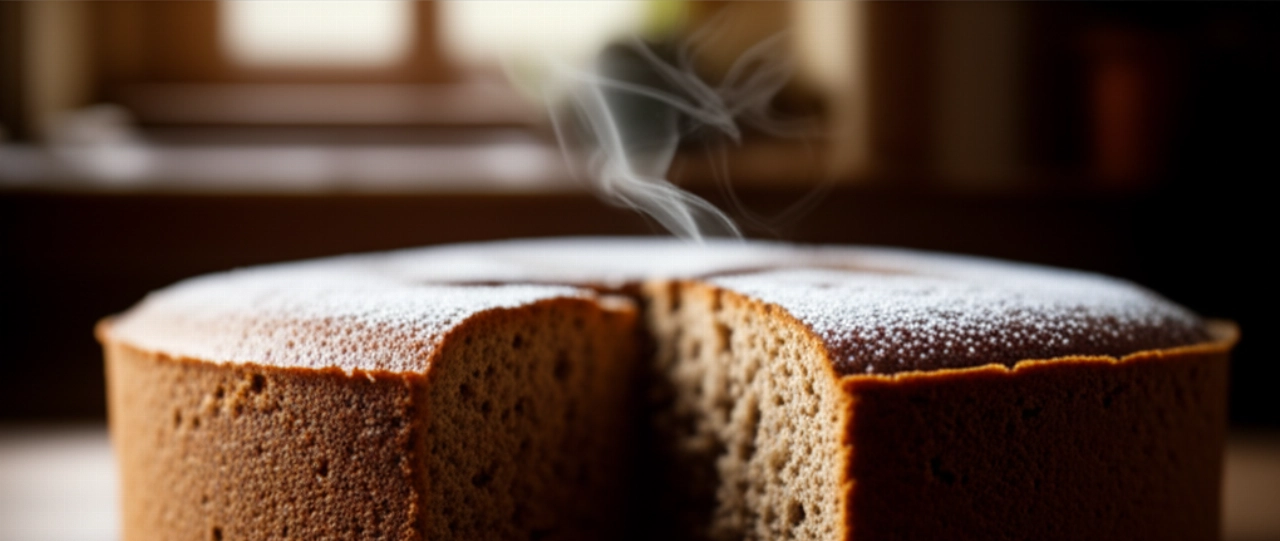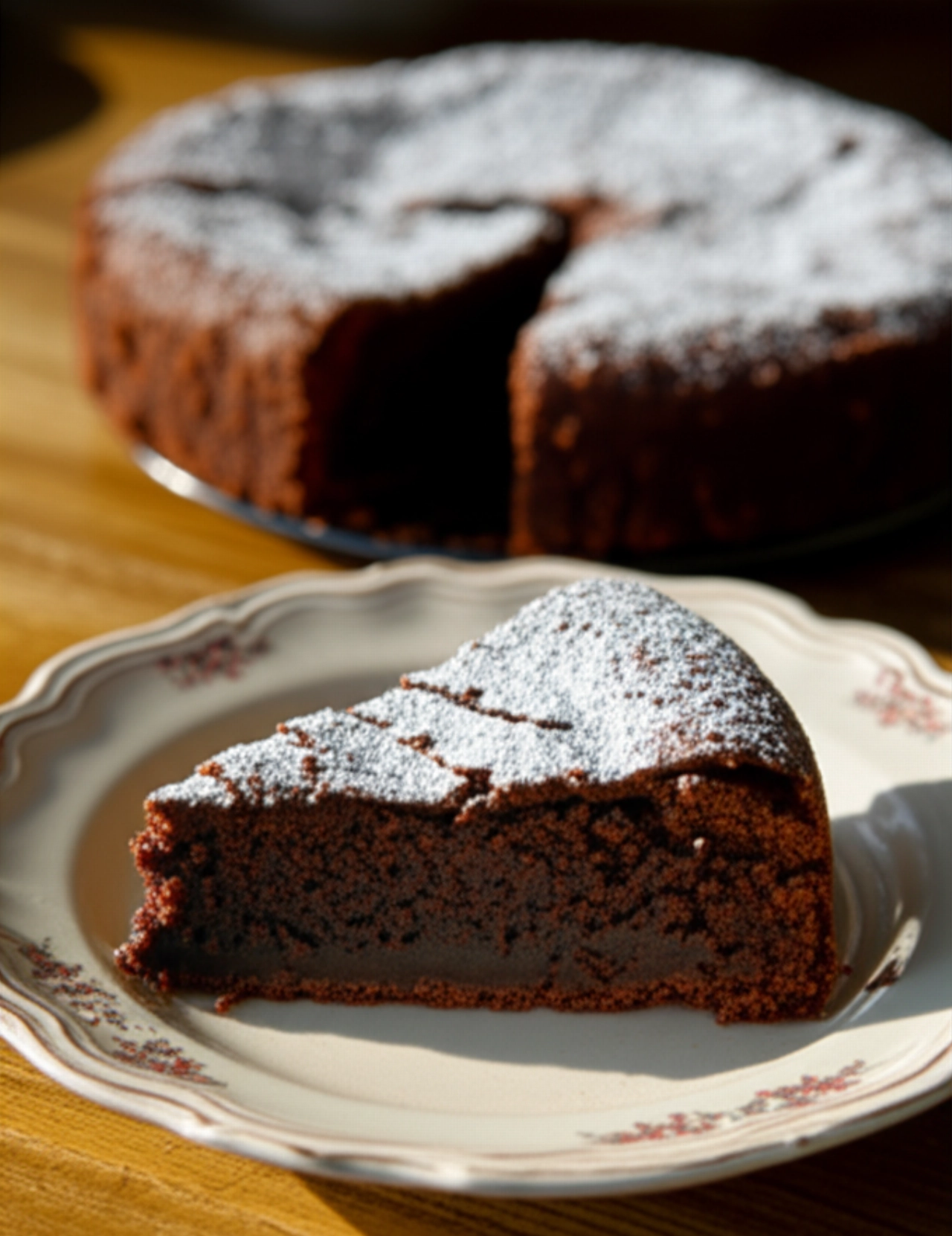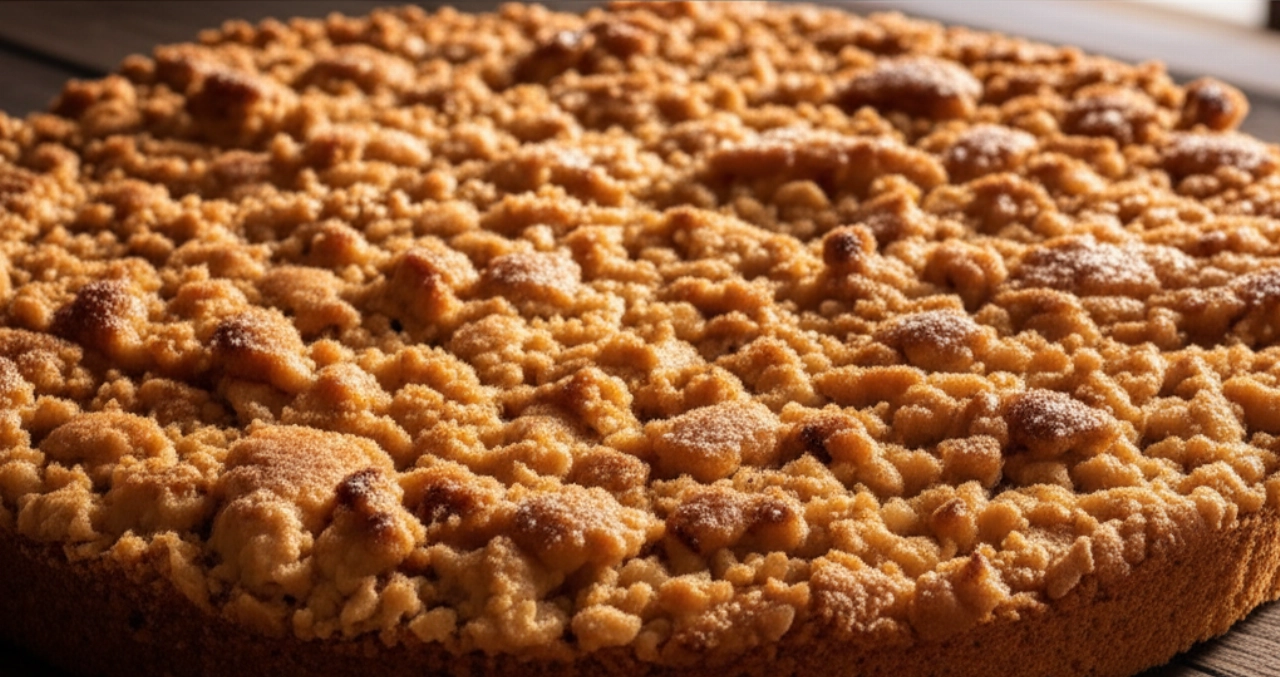There's a scent that speaks of celebration, tradition, warm hugs, and whispered stories by the fireplace. It's the scent of Gubana, the snail-shaped cake that holds the flavors and secrets of the Natisone Valleys. A masterpiece of soft, enveloping leavened dough, enclosing a rich and aromatic filling of dried fruit, spices, and a touch of liqueur. It's not just a cake; it's a journey into the heart of Friuli Venezia Giulia, a symbol of welcome and conviviality.
But how many times have you dreamed of preparing it at home, only to find yourself facing complex recipes, unclear steps, and the fear of not achieving that perfect softness and filling that make it unique? The anxiety of wasting precious ingredients, the fear that it won't rise properly, or that the filling will be dry or too wet, are doubts that can discourage even the most passionate cooks.
Make yourself comfortable, because on this page you won't just find a list of ingredients, but the definitive guide, full of tricks and tips, to prepare an incredibly soft Gubana, with a rich and aromatic filling that respects tradition, without fear of making mistakes with rising or baking. The result will be a cake that tastes of celebration and home, just like the one made by grandmothers from the Natisone Valleys. I guarantee that, by following my advice, you will bring a masterpiece to the table that will leave everyone speechless and with a lighter heart.
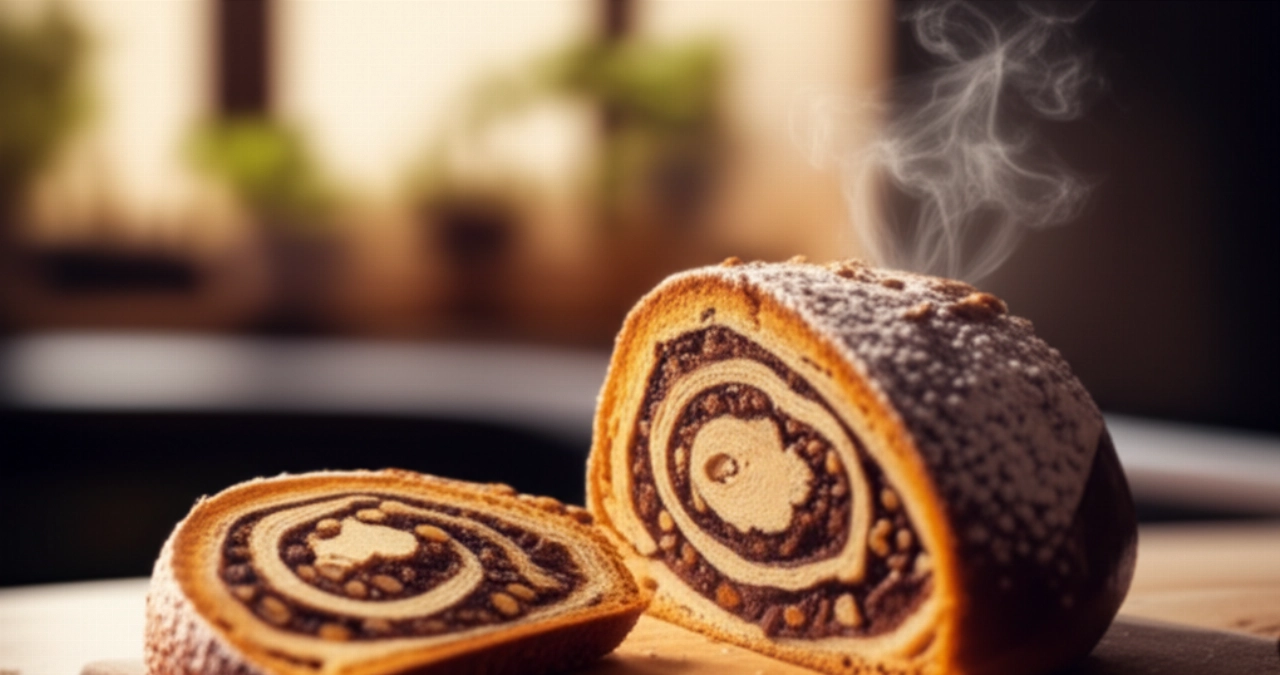
Ingredients for a Perfect Gubana: The Choice That Makes the Difference
The magic of Gubana begins with the quality of its ingredients. Each element plays a fundamental role in ensuring that unmistakable softness and flavor.
For the Soft and Fragrant Dough:
- Strong "00" flour (or Manitoba): Essential for strong gluten and an elastic dough that can trap leavening gases, ensuring softness.
- Fresh baker's yeast: More active and reliable. If dry, reactivate it in warm milk with sugar.
- Large eggs at room temperature: Add richness and moisture, facilitating emulsification and leavening.
- Granulated sugar: Feeds the yeast and contributes to browning.
- High-quality butter (soft): Gives softness, fragrance, and flavor. Don't skimp on quality!
- Warm whole milk: Makes the dough softer and promotes leavening. Warm, not hot.
- A pinch of salt: Balances sweetness and strengthens the gluten network.
For the Rich and Aromatic Filling:
- Walnuts, almonds, hazelnuts: A mix of coarsely chopped dried fruit for flavor and texture.
- Sultanas: Rehydrated in rum or Marsala for aroma and softness.
- Pine nuts: Essential for their resinous note.
- Dried figs and prunes (optional): Add sweetness and softness.
- Grated orange and lemon zest: Only the colored part, for freshness and citrus aroma.
- Unsweetened cocoa powder: Enhances flavors and adds color.
- Sugar: To sweeten the filling.
- Rum or Marsala (or other sweet liqueur): Keeps the filling moist and aromatic.
- Breadcrumbs (or crushed dry biscuits): Absorbs excess moisture, making the filling compact.

3 Common Mistakes in Preparing Gubana (and How to Avoid Them)
Gubana requires attention, but the most common mistakes are easy to avoid. I'll reveal the secrets to not compromising your masterpiece.
- Dough Too Hard or Not Risen: Often due to unsuitable flour, inactive yeast, or wrong temperature.
- How to avoid it: Use strong flour (W 300-350). Check yeast activity. Knead the dough for a long time until it is smooth and elastic. Let it rise in a warm place without drafts (oven off with light on).
- Dry or Too Wet Filling: A dry filling makes Gubana less appealing, one that's too wet can soak the dough.
- How to avoid it: Rehydrate the sultanas in liqueur. Add the liqueur little by little. Use breadcrumbs to absorb excess moisture, making the filling compact but soft.
- Incorrect Baking (Dry or Raw Inside): Gubana is dense, baking is crucial.
- How to avoid it: Preheat the oven to 180°C (350°F). Start baking at this temperature for 10-15 minutes, then lower to 170°C (340°F) for even baking. Cover with foil if it browns too much. Do the toothpick test: it should come out clean.
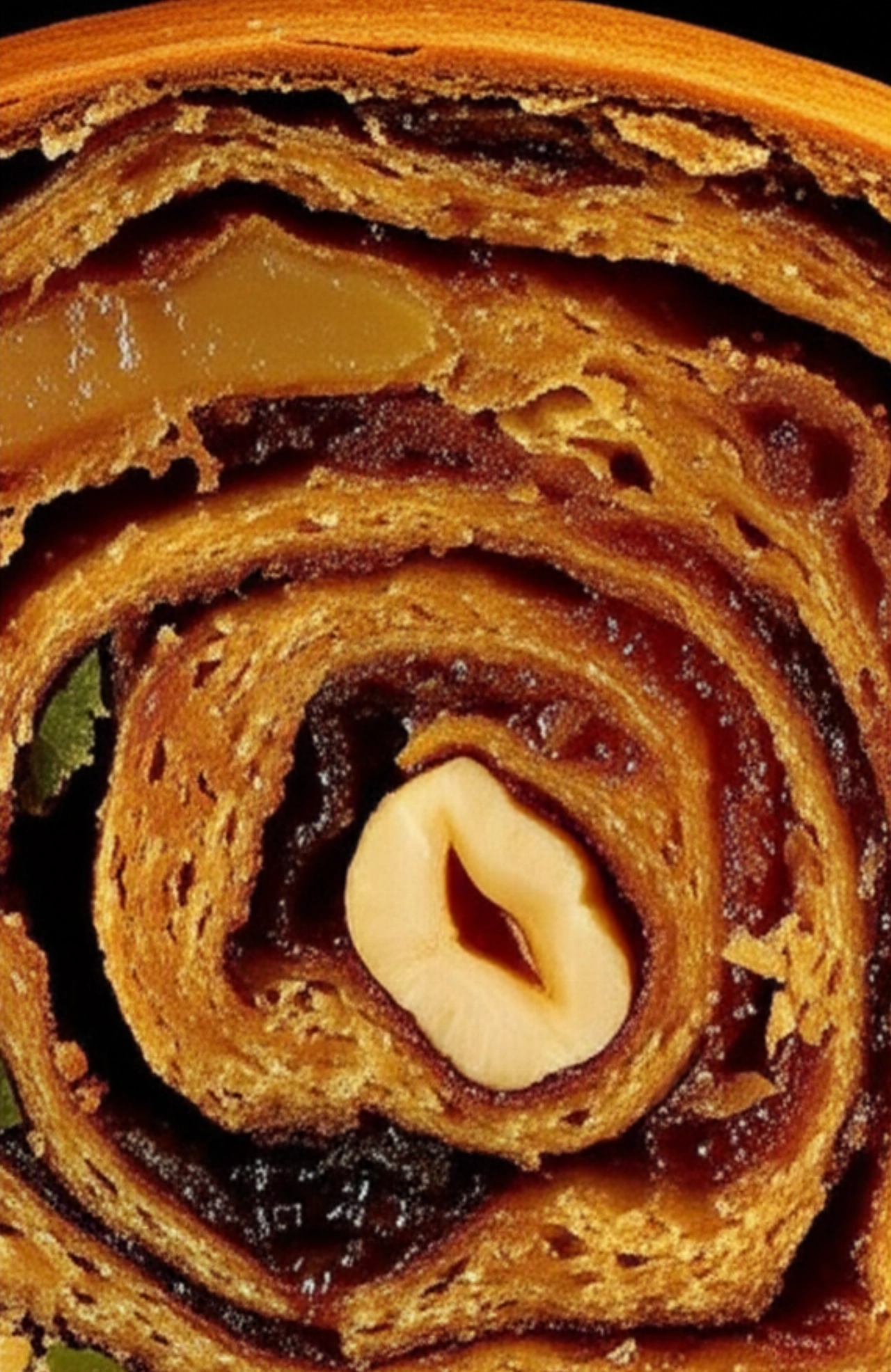
Grandma's Secret: A Touch of Magic from the Natisone Valleys
My grandmother always said that Gubana isn't just a recipe, but an act of love. Her secret, which I share with you today, wasn't a secret ingredient, but an approach: patience and listening to the dough.
I remember watching her knead. She didn't use a stand mixer, but her strong hands. She would tell me: "It's not about how hard you knead, but how long. The dough needs to 'speak to you,' become smooth as silk and no longer sticky. Only then is it ready to rest and grow."
Her trick was to add the soft butter only at the end of kneading, a small piece at a time, letting it absorb completely. This allowed the gluten to develop optimally, creating a strong and elastic structure. And then, the rising: she was never in a hurry. She would place the covered bowl near the "fogolâr" (hearth) and wait. "It needs to feel the warmth and tranquility," she would say. This patience, this dedication, transforms a simple dough into a cake that is a true embrace.
So, my advice, grandma's secret, is this: don't rush. Listen to your dough, work it with love and patience, and give it the time it needs to grow. It will reward you with a softness and fragrance you never thought possible.
Let's Prepare Gubana Together: The Step-by-Step Guide
Now that we know the secrets and the right ingredients, it's time to get our hands dirty. Follow each step carefully, and you'll see that success is guaranteed. Get ready to fill your kitchen with a wonderful aroma!
Phase 1: The Dough (The Heart of Gubana)
- Prepare the preferment (lievitino): Dissolve the yeast in warm milk with a teaspoon of sugar. Add 50g of flour, mix, and let rest in a warm place for 20-30 minutes, until doubled.
- Start the main dough: In the bowl of a stand mixer (or on a work surface), combine remaining flour, sugar, and salt. Add the preferment, beaten eggs, and zests.
- Knead with energy: Work the dough at low speed, gradually increasing, until it becomes smooth and elastic.
- Incorporate the butter: When the dough is well-developed (incordato), add the soft butter, one piece at a time, letting it absorb completely before adding more. Knead for 15-20 minutes total, until it is shiny and no longer sticky.
- First rise: Form a ball, place it in a greased bowl, cover, and let rise in a warm place (e.g., oven off with light on) for 2-3 hours, or until doubled.
Phase 2: The Aromatic Filling
- Prepare the dried fruit: Coarsely chop walnuts, almonds, hazelnuts. Soak the sultanas in rum (or Marsala) for 15 minutes, then drain. Finely chop dried figs or prunes if using.
- Combine the ingredients: In a bowl, combine all the dried fruit, pine nuts, unsweetened cocoa, sugar, grated zests, and liqueur. Mix well.
- Adjust consistency: Add breadcrumbs (or crushed biscuits) little by little, mixing, until you get a compact but soft and moist filling, easily spreadable.
Phase 3: Assembly and Second Rise
- Roll out the dough: On a floured surface, roll out the dough into a rectangle approximately 40x50 cm (16x20 inches), 3-4 mm (0.12-0.16 inches) thick.
- Spread the filling: Distribute the filling uniformly, leaving a 1-2 cm (0.4-0.8 inch) border free on one long side.
- Roll up the Gubana: Starting from the long side opposite the free border, roll the dough onto itself, forming a tight and compact cylinder.
- Shape the snail: Coil the cylinder onto itself to form a snail shape. Place in a buttered and floured bundt pan, or on a baking sheet lined with parchment paper.
- Second rise: Cover and let rise in a warm place for 1.5-2 hours, or until doubled and appears puffy.
Phase 4: Baking and Finishing
- Preheat the oven: Turn on the static oven to 180°C (350°F).
- Brush and bake: Brush the surface with beaten egg for a golden crust.
- Bake carefully: Bake. After 10-15 minutes at 180°C (350°F), lower to 170°C (340°F) and continue for 40-50 minutes, or until golden and a toothpick comes out clean. Cover with foil if it browns too much.
- Cooling: Remove from oven and let cool in the pan for 10-15 minutes before unmolding onto a wire rack to cool completely.
- Final touch: Dust with powdered sugar or brush with diluted rum/Marsala.
Tips and Frequently Asked Questions about Gubana
Preparing Gubana can raise some questions, and that's normal! Here you'll find answers to the most common questions to approach each step with confidence.
- Can I prepare the dough in advance?
- Yes! You can prepare the dough the night before and let it rise slowly in the refrigerator overnight. In the morning, take it out 1-2 hours before rolling it out to bring it back to room temperature. This method improves flavor and texture.
- How to store Gubana?
- It keeps well for several days wrapped in plastic wrap or in a bag. You can freeze it whole or sliced. Its flavor improves in the following days as the aromas meld.
- Can I vary the filling?
- Certainly! You can add dried figs, dates, mixed candied peels, or a bit of instant coffee. The important thing is to maintain the right balance of moisture and consistency.
- Why isn't my Gubana rising?
- The reasons can be: inactive yeast (check the date and do the preferment test), liquids that are too hot, too cold an environment, or dough not kneaded enough. Carefully follow times and temperatures.
- How to tell if Gubana is baked?
- Do the toothpick test in the center: if it comes out clean and dry, it's baked. The surface should be golden, and when tapped, it should sound "hollow." If it browns too much, cover with foil.
A Masterpiece of Sweetness and Tradition: Your Perfect Gubana
There you have it! Now you no longer just have a recipe, but all the secrets to bring a cake to your table that tastes of home, tradition, and love. Your Gubana will be a triumph of softness and an explosion of flavors, capable of conquering even the most demanding palates. You've learned not only "how to do it," but also the "why" behind each step, and this makes you a true guardian of authentic flavors.
Don't be afraid to experiment and make this recipe your own. Cooking is an act of creativity and sharing. But start from this solid base and you'll see that applause won't be lacking. Imagine the smiling faces of your loved ones as they taste your Gubana, a piece of Friuli directly on your table.
Have you tried our recipe? We're very curious to see your masterpiece! Leave a comment below, tell us how it went, or share a photo on Instagram by tagging @CercaRicette.it. If you loved the magic of leavened doughs, you can't miss our recipe for Homemade Panettone or another regional delight like Original Genovese Focaccia. Your cooking adventure has just begun!
